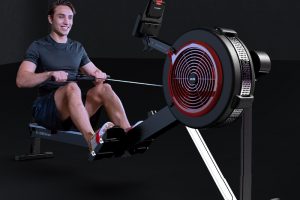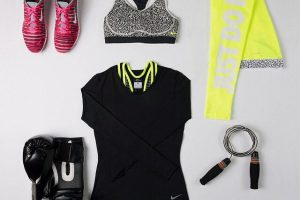Sports equipment is the lifeblood of any athlete. Whether you’re a dedicated professional or a weekend warrior, your gear plays a crucial role in your performance. While acquiring top-quality equipment is essential, ensuring its longevity and optimal performance demands regular maintenance and proper cleaning. Neglecting these aspects can lead to equipment deterioration, compromised safety, and a significant hit to your wallet. In this comprehensive article, we will delve into the intricacies of sports equipment maintenance and cleaning. By the time you finish reading, you’ll be armed with the knowledge needed to make your sporting gear last longer and perform at its best.
The Importance of Maintenance and Cleaning
1. Prolonging the Lifespan of Your Investments
Quality sports equipment often comes with a hefty price tag. Whether it’s a high-end tennis racket, a set of golf clubs, or a pair of running shoes, protecting your investment is paramount. Regular maintenance and cleaning are key to extending the lifespan of these items. By taking care of your gear, you can enjoy the benefits of your investment for years to come.
2. Ensuring Optimal Performance
Every sport has its unique demands, and your equipment needs to meet these demands to maximize your performance. Clean and well-maintained equipment ensures that you’re always at your best. Whether it’s a tennis racket with tightened strings, a bike with a well-lubricated chain, or soccer cleats with clean studs, well-maintained gear can make a significant difference in your game.
Cleaning Sports Equipment
3. General Cleaning Practices
Cleaning sports equipment should be a regular part of your routine. For most equipment, a mild soap and water solution is sufficient. However, there are nuances to consider. For instance, while you can wipe down the exterior of a basketball, a soccer ball may require special attention to its stitching and bladder. Hockey equipment, such as pads and gloves, can get sweaty and smelly quickly, necessitating thorough cleaning techniques.
4. Footwear Care
Shoes are often the most abused piece of sports equipment. Whether you’re a runner, a basketball player, or a hiker, your shoes endure substantial wear and tear. Regularly cleaning the exterior, removing dirt and mud, and ensuring that the insoles remain fresh can help maintain the integrity and comfort of your footwear. We will delve into the specific cleaning methods for different types of sports shoes.
5. Clean and Sanitize Protective Gear
Protective gear like helmets, shoulder pads, and gloves are essential in contact sports. However, they can become breeding grounds for bacteria and odor if not properly cleaned and sanitized. Discover the best practices for cleaning and disinfecting your protective gear to keep it fresh and safe to use.
6. Cleaning Team Sports Equipment
Team sports often involve shared equipment, like jerseys, balls, and pads. Proper cleaning is not only essential for individual performance but also for the health and safety of the team. Learn how to maintain hygiene and cleanliness when dealing with shared equipment.
Maintaining Sports Equipment
7. Inspecting for Damage
Regular inspections are critical to identifying wear and tear on your equipment. Small issues can escalate into significant problems if left unattended. We will guide you through the process of inspecting your gear, highlighting common areas prone to damage.
8. Storage Matters
How you store your sports equipment can have a substantial impact on its longevity. Improper storage, such as leaving gear in direct sunlight, extreme temperatures, or damp environments, can lead to premature deterioration. We’ll provide guidance on the best storage practices for various types of sports equipment.
9. Maintaining Mechanical Equipment
Sports like cycling and skiing involve mechanical equipment that requires special care. We’ll discuss the maintenance of bicycles, ski bindings, and other gear with moving parts, ensuring they operate smoothly and safely.
10. Equipment-Specific Maintenance Tips
Different sports have unique equipment needs. From maintaining your baseball glove’s shape to caring for your golf clubs, we’ll provide sport-specific maintenance tips to help you keep your gear in top condition.
Extending Equipment Longevity
11. Replacing Parts
Over time, some components of your sports equipment may wear out. Knowing when and how to replace these parts is essential. We’ll offer guidance on identifying worn-out components and replacing them to maintain your equipment’s functionality.
12. Seeking Professional Help
While many maintenance tasks can be done at home, some may require professional attention. We’ll discuss when it’s best to seek the expertise of sports equipment specialists, ensuring your gear receives the best care.
Conclusion
Your sports equipment is more than just tools of the trade; they are an extension of yourself in the sporting arena. Proper maintenance and cleaning practices are crucial not only for extending their lifespan but also for enhancing your performance and safety. By following the comprehensive advice provided in this article, you can ensure that your sports equipment remains in top condition, allowing you to enjoy your favorite sports to the fullest. Remember, a well-maintained gear is not only a testament to your dedication but also a key factor in achieving your sporting goals.





Add Comment